You ask me if I want to leave my day job to escape dreary Seattle and spend vacation observing whales in the sunny Bay of Loreto, Mexico?
“Ummmm DUH!!!!”
I booked my flights immediately.
You see, I actually love macrofauna but somehow I’ve managed to spend the last five years working with microfauna – algae – phytoplankton. The invisible ocean forest. Estimated to be responsible for over 50% of the Earth’s Oxygen production.
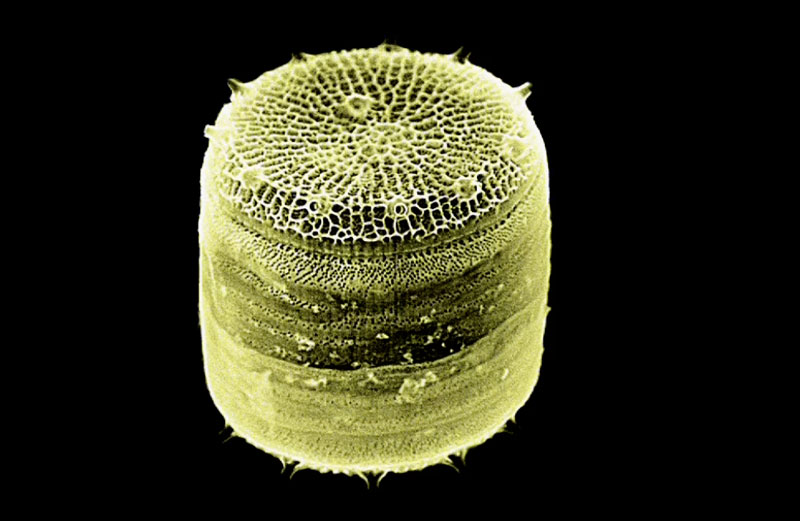
What a beauty! Glass shelled plant cell, a diatom, called Thalassiosira pseudonana.
I have learned so much about the importance of these little creatures. They are plant AND animal, and make up the base of the food chain indirectly supporting nearly all other forms of life. Pretty important little guys, in my opinion. I’ve grown very fond of them over the years. But this post isn’t about them, it’s about the whales, so let’s keep moving!
Phytoplankton are eaten by Krill.
And Krill are eaten by Baleen whales. One large family of Baleen whales includes the Rorquals (such as Blue Whales, Finback whales, Minke Whales, and Humpback Whales to name a few)!
Blue Whales happen to be the largest of the whales and also happen to be the largest animal EVER to exist on earth. You’d think to be that big you’d have to eat some pretty big food.
But they don’t. They survive solely on krill. Tiny tiny little things. HOW?! WHY!?
Luckily RadioLab answered this question and did an amazing bit on the whole cycle. You HAVE to read it here.
Kinda makes ya wanna get your hands on some of that whale poo, doesn’t it?
I spent days feasting my eyes on blue whales and humpback whales. I got to spend 5 magical seconds petting a gray whale mother and on two occasions got caught in a pod of hundreds of common dolphins leaping on the bow waves.
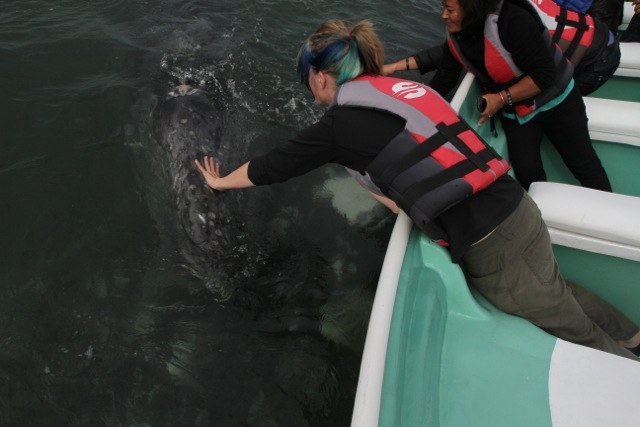
Allison petting the Gray Whale mother on the snout in the Pacific Ocean side of Baja. Gray Whales are baleen whales but are not part of the Rorqual family. They are the only living species in its genus and family Eschrichtius robustus.
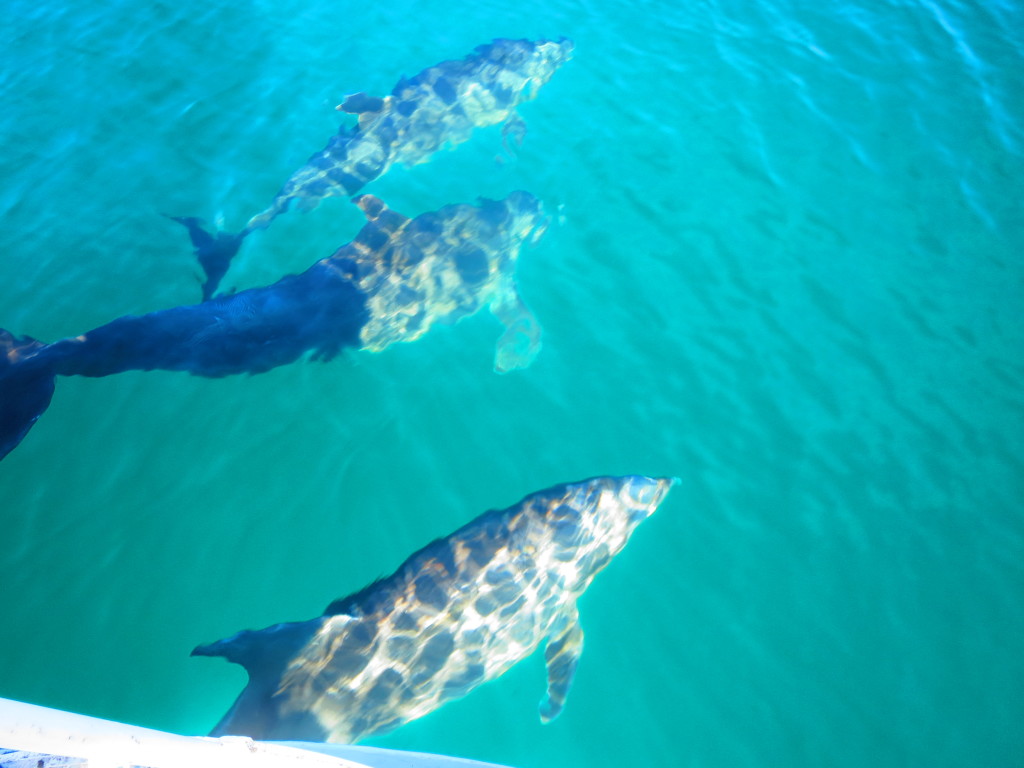
Snapshot of some of the hundreds of common dolphins swimming under our boat.
I was there to identify visiting whales by performing marine transects above and below the water. Gathering this scientific data is important to help better understand the present environmental and biological conditions of Bay of Loreto Marine Park.
Bay of Loreto Marine Park was created and approved on July 19, 1996 and in 2005 was inscribed by the United Nation’s list as a 2,065 square kilometer protected World Heritage Site in the Sea of Cortez. There are over 800 species of marine life inhabiting the sea, many of which are currently endangered.
Because of many political dramas and lack of resources in Mexico, enforcing any rules and regulations for the park is something that still needs attention. Even with decline in fish stocks and the re-routing of the Columbia River (which used to feed the Sea of Cortez) many animals exist here and I feel so lucky that I got to see so many whales on a daily basis.
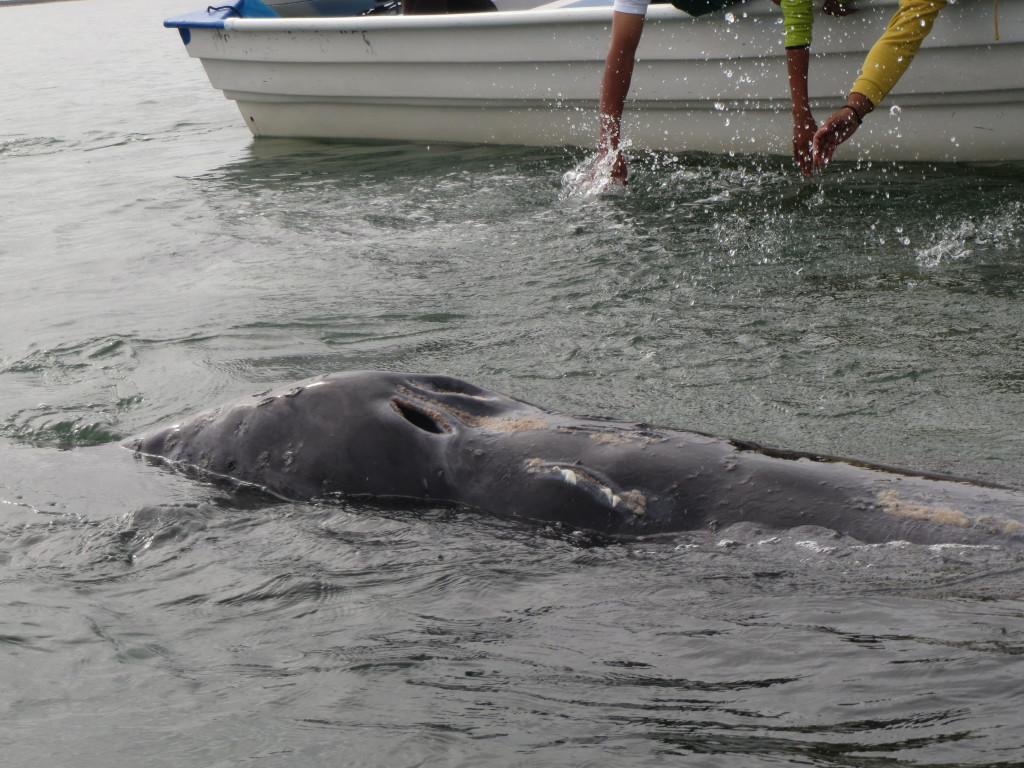
These whales travel up to 10,000 miles a year just to get to the breeding grounds! This whale is a Gray Whale on the Pacific Ocean side of Baja. Gray Whales are baleen whales but are not part of the same family as Blue Whales. They are the only living species in its genus and family Eschrichtius robustus.
We didn’t do any tagging but the ways in which we did collected data included the following:
- Photographing and filming above and below water – helps identify individuals using pigmentation, fluke tears, and scars and see who returns year after year.
- Collecting sound recordings using hydrophones.
- Collecting data on water and air environment.
- Helping update museum identification catalogs.
- Collecting plankton samples for studying available micro-fauna.
- Assembling skeletons and other display pieces for a small museum.
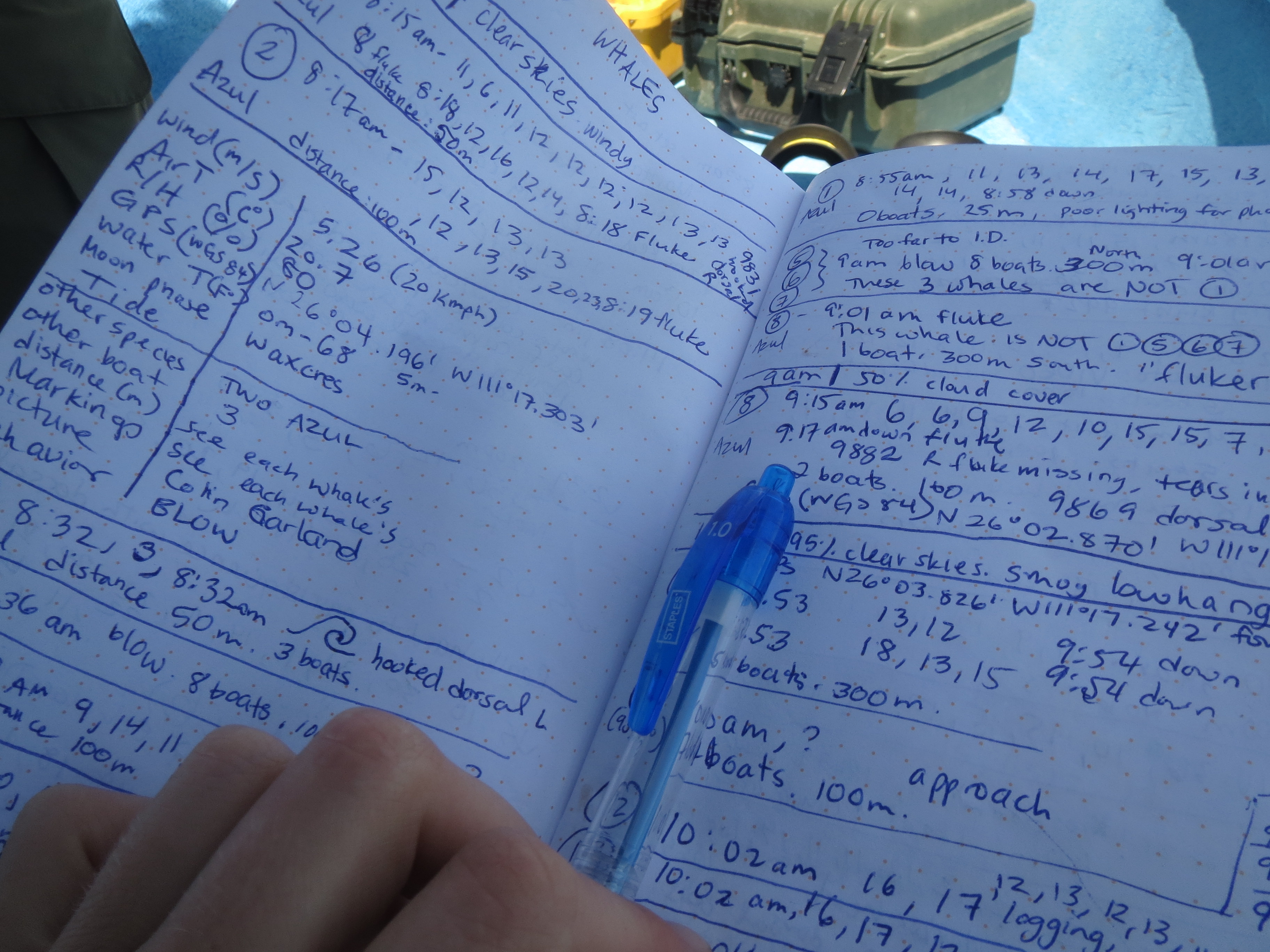
Recording whale sightings and how frequently they came to the surface to breathe became difficult once there were more than 4 whales in one area!
My micro-fauna and microscope skills came into good use once we took plankton tows of what was floating around in the water column. We used an 80 micron net which is still pretty big for collecting any phytoplankton. Back in Seattle we use 15 micron nets and I work with algae that would even slip through a 10 micron net!
Every day we kept pulling up these mysterious gel balls. At first we thought they might be fish eggs but as the days passed no vertebrate like structures developed. At one point we noticed some of them had little tentacles poking out and they squirt propelled themselves forward, so we got our hopes high that they might be Humboldt Squid eggs! I spend hours back in the museum trying to photograph these invisible mysteries.
Along with other pleasant microscopic treasures
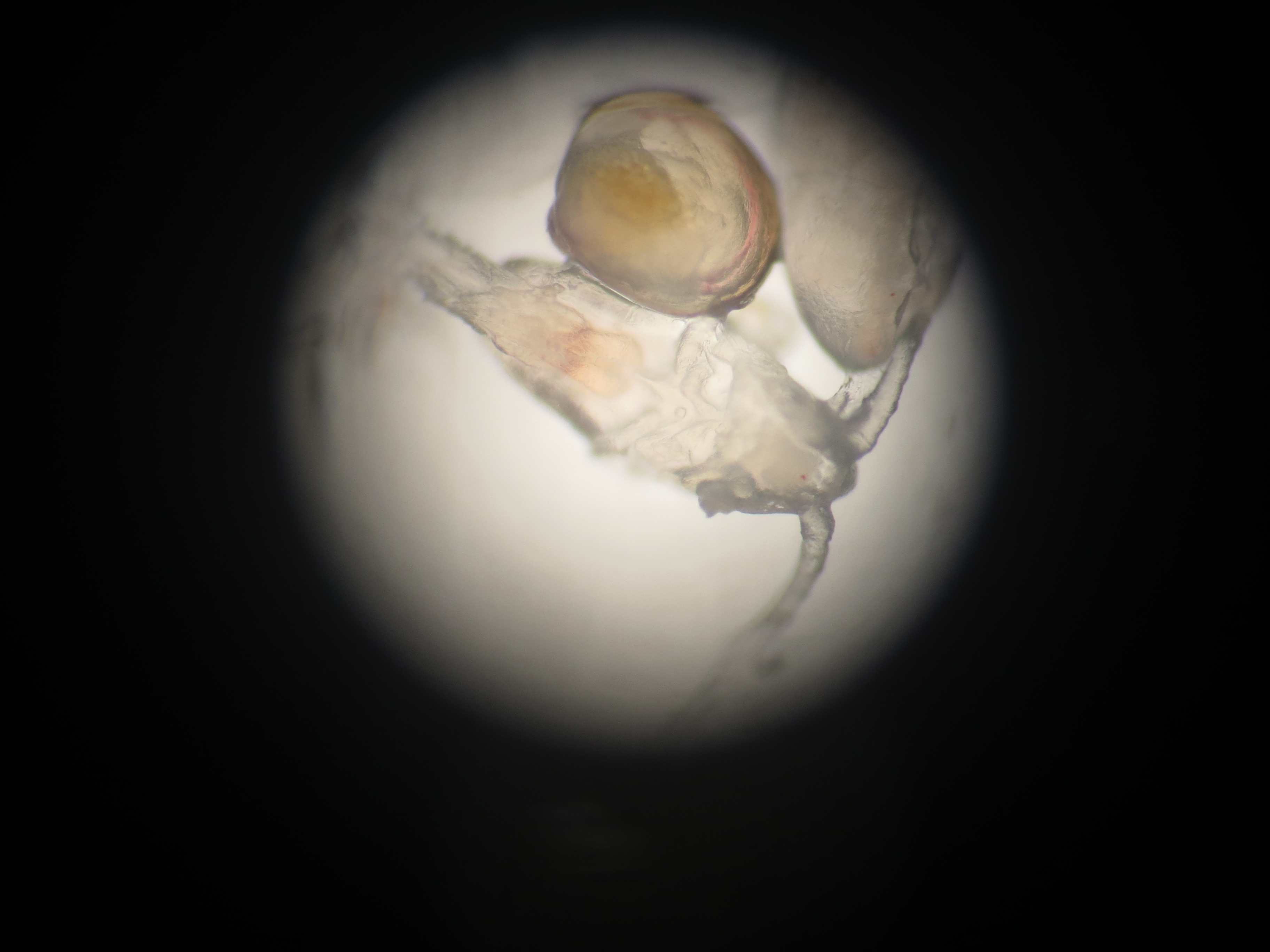
copepods
As well as not so pleasant not so microscopic creatures
I had posted some of the mystery gel photos online and some of my more knowledgeable marine friends suggested they might actually be marine gelatinous creatures called Salps. Whats?! Salps. Barrel-shaped planktonic tunicates that moves by contracting, pumping water through its gelatinous body. Apparently salp jet propulsion is one of the most efficient in the animal kingdom. Who knew!
The verdict is still out and what exactly these gel balls are still remains a mystery!
The trip was amazing and I was privileged to hang out with such amazing creatures.
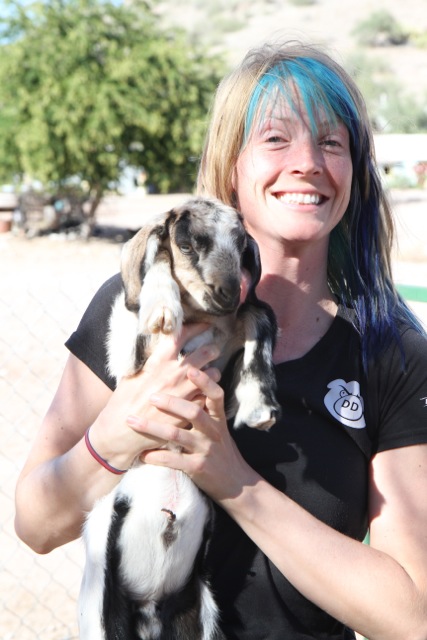
I forgot to mention I spent a day in a small town called Agua Verde where I also got to hold baby goats
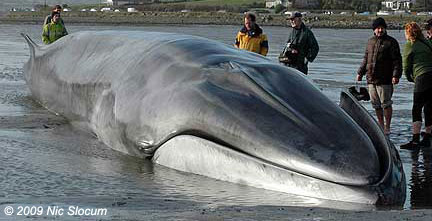
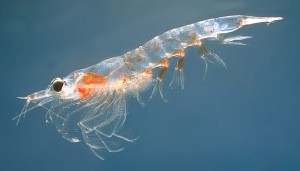
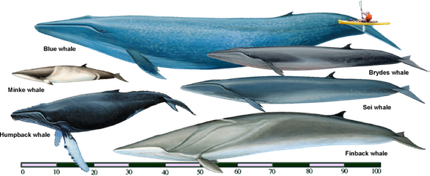
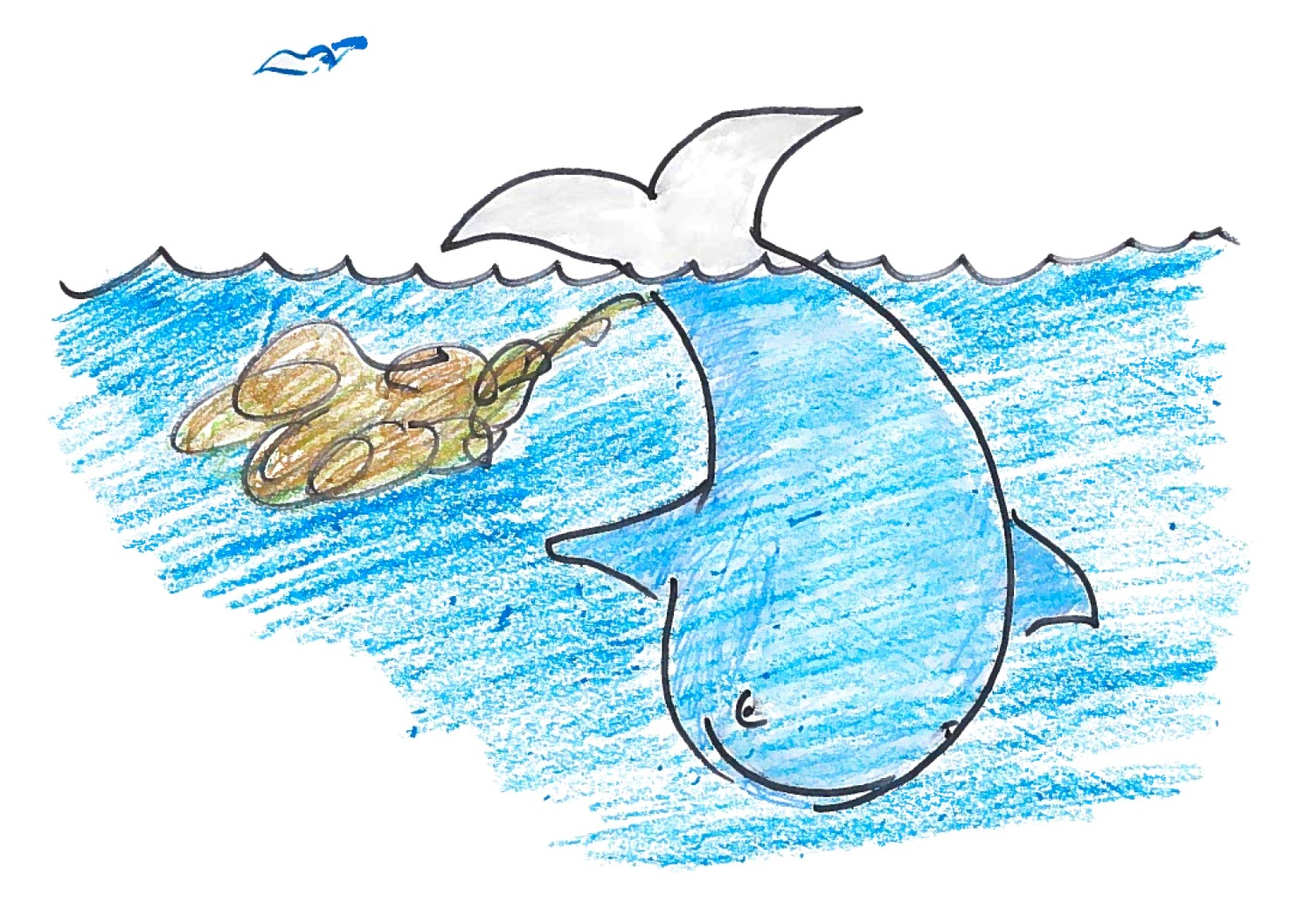
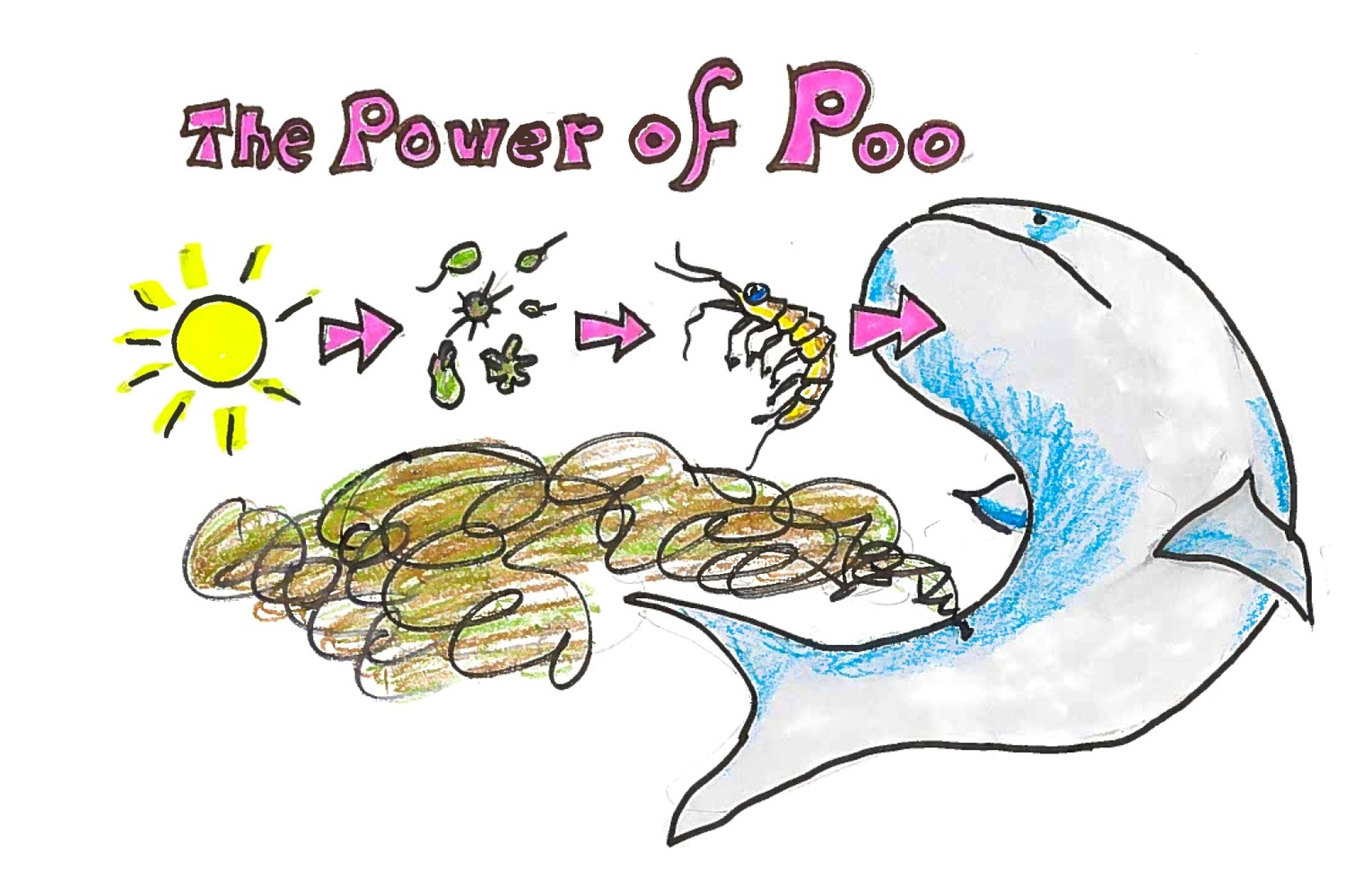
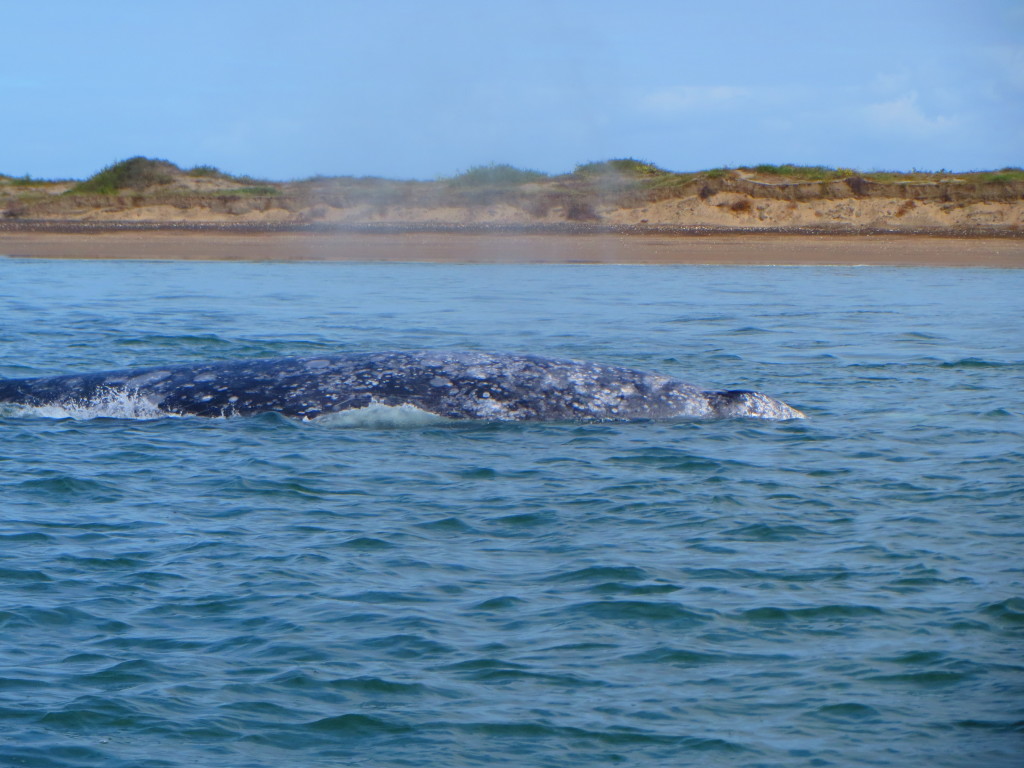
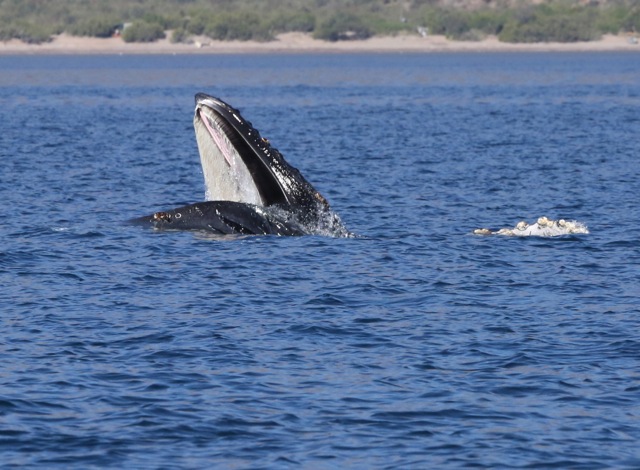 Magnificent Blue Whale pigmentation and the mouth of a Humpack Whale.
Magnificent Blue Whale pigmentation and the mouth of a Humpack Whale. 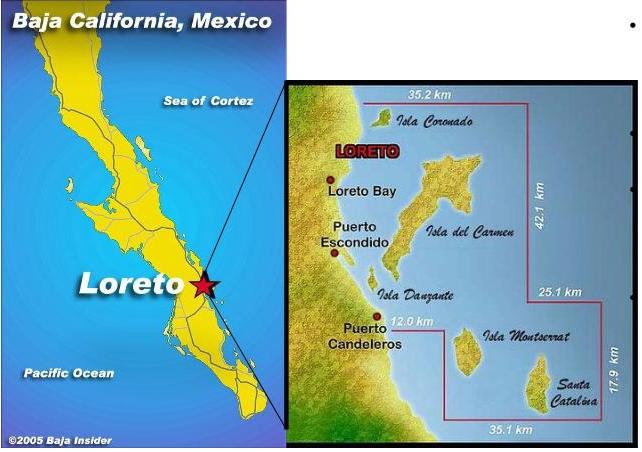
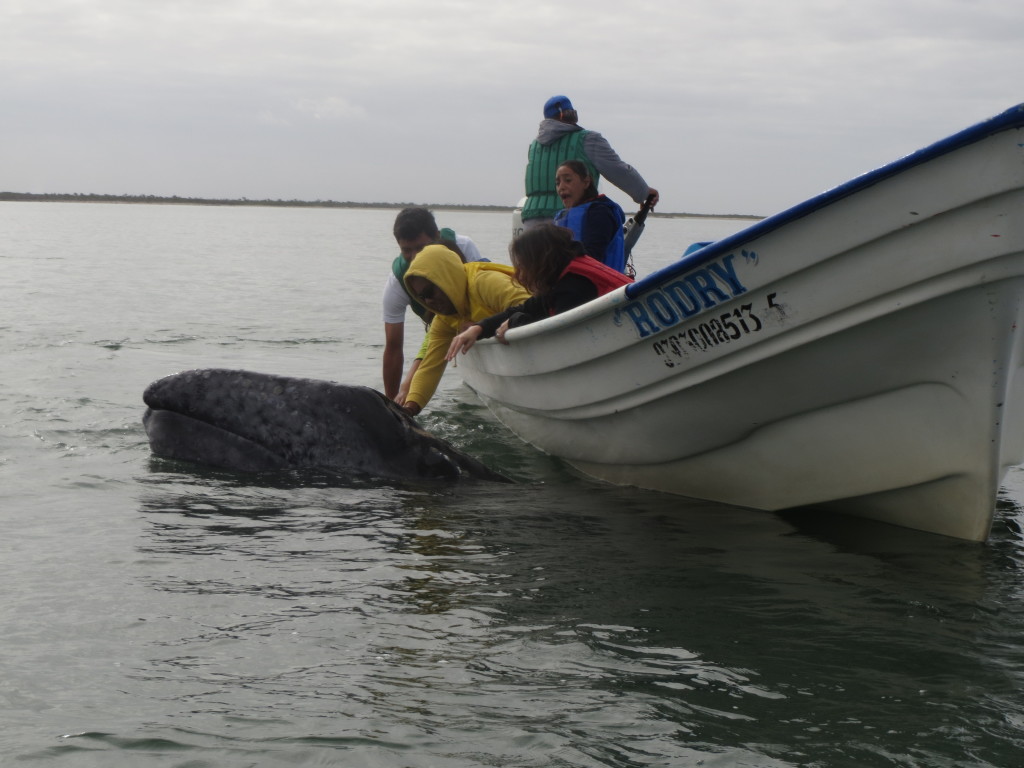
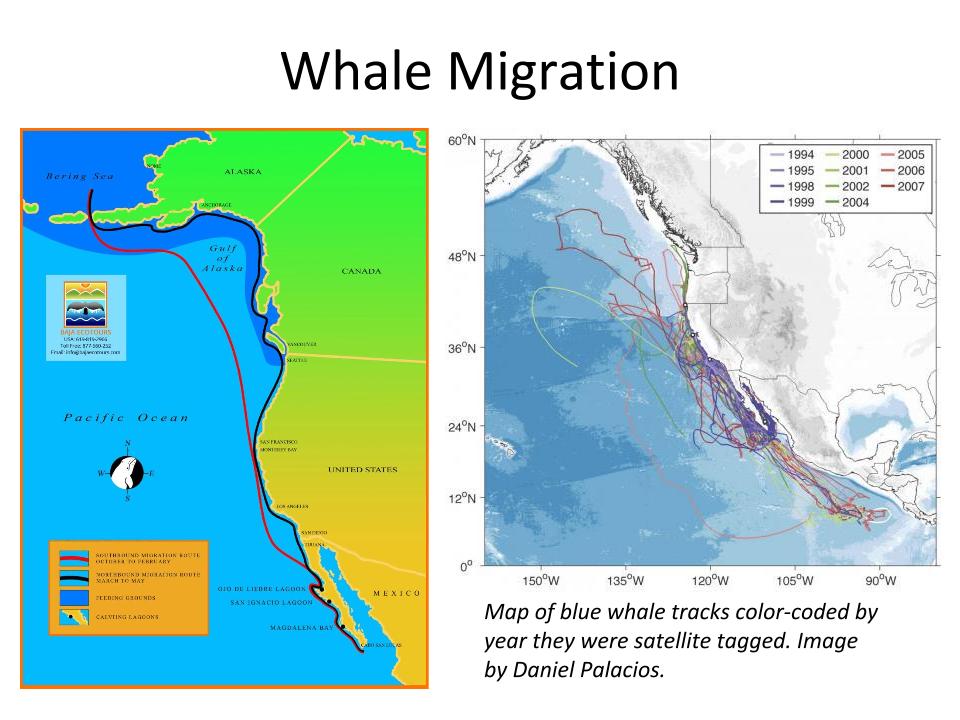
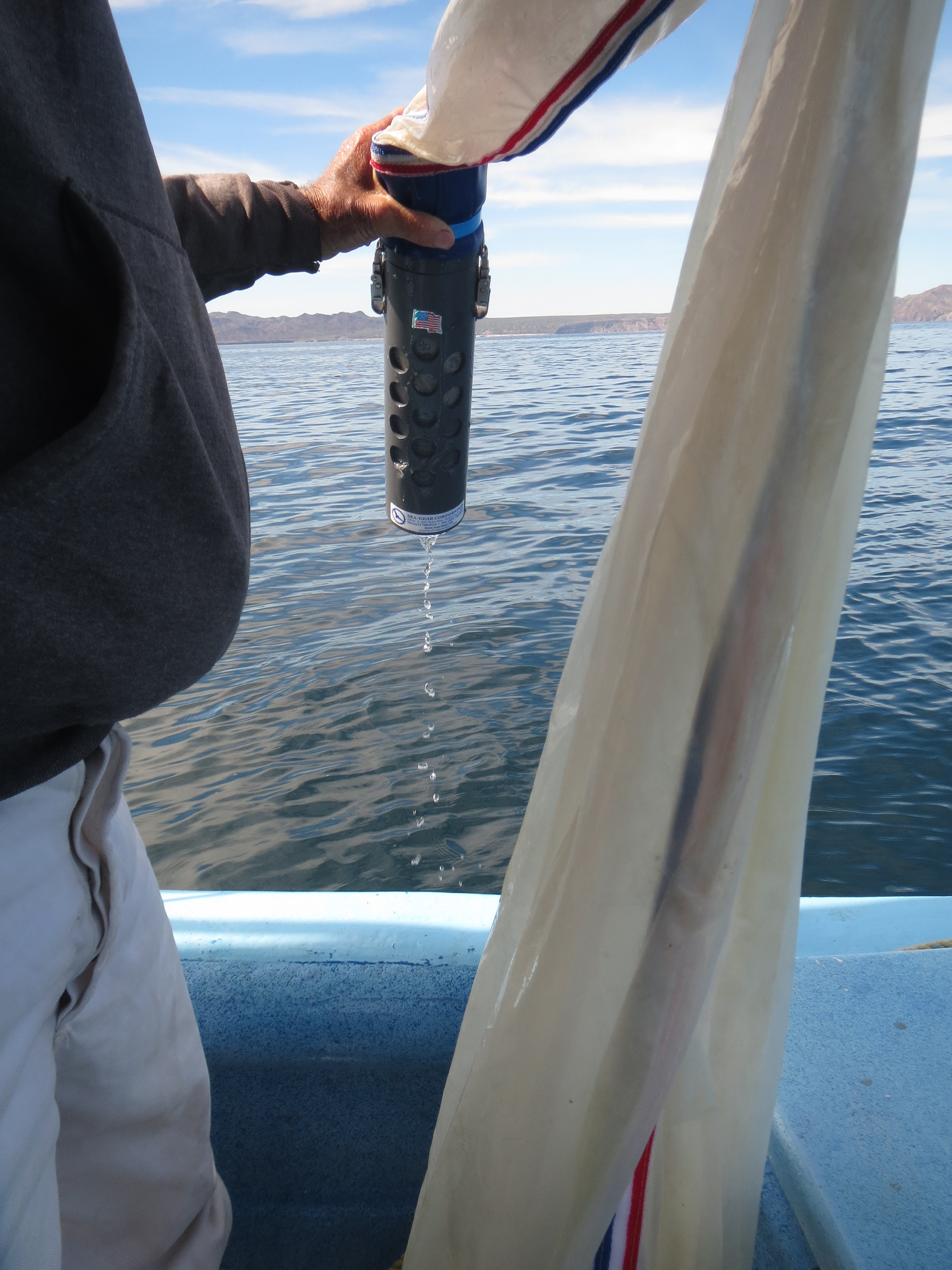
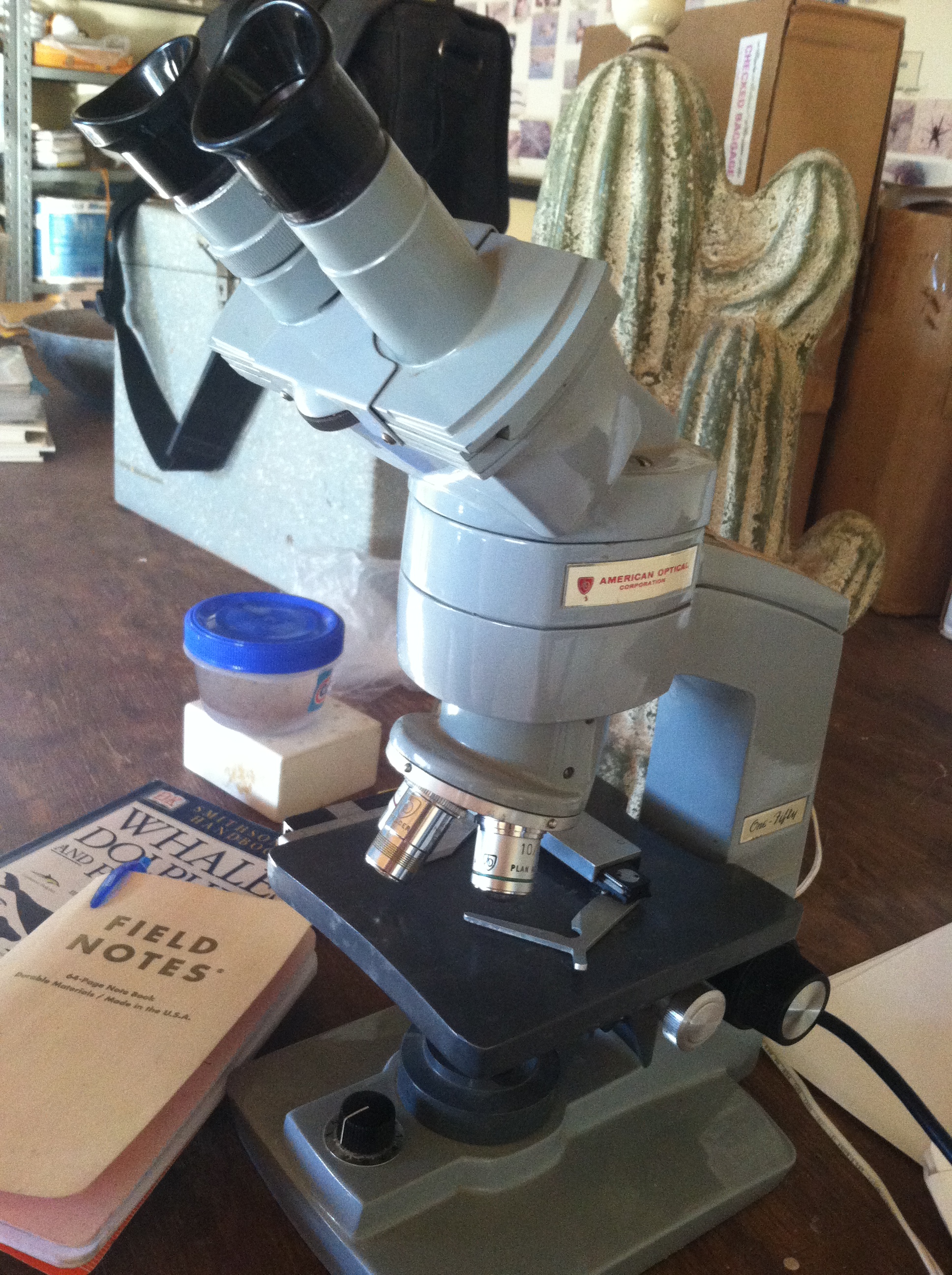
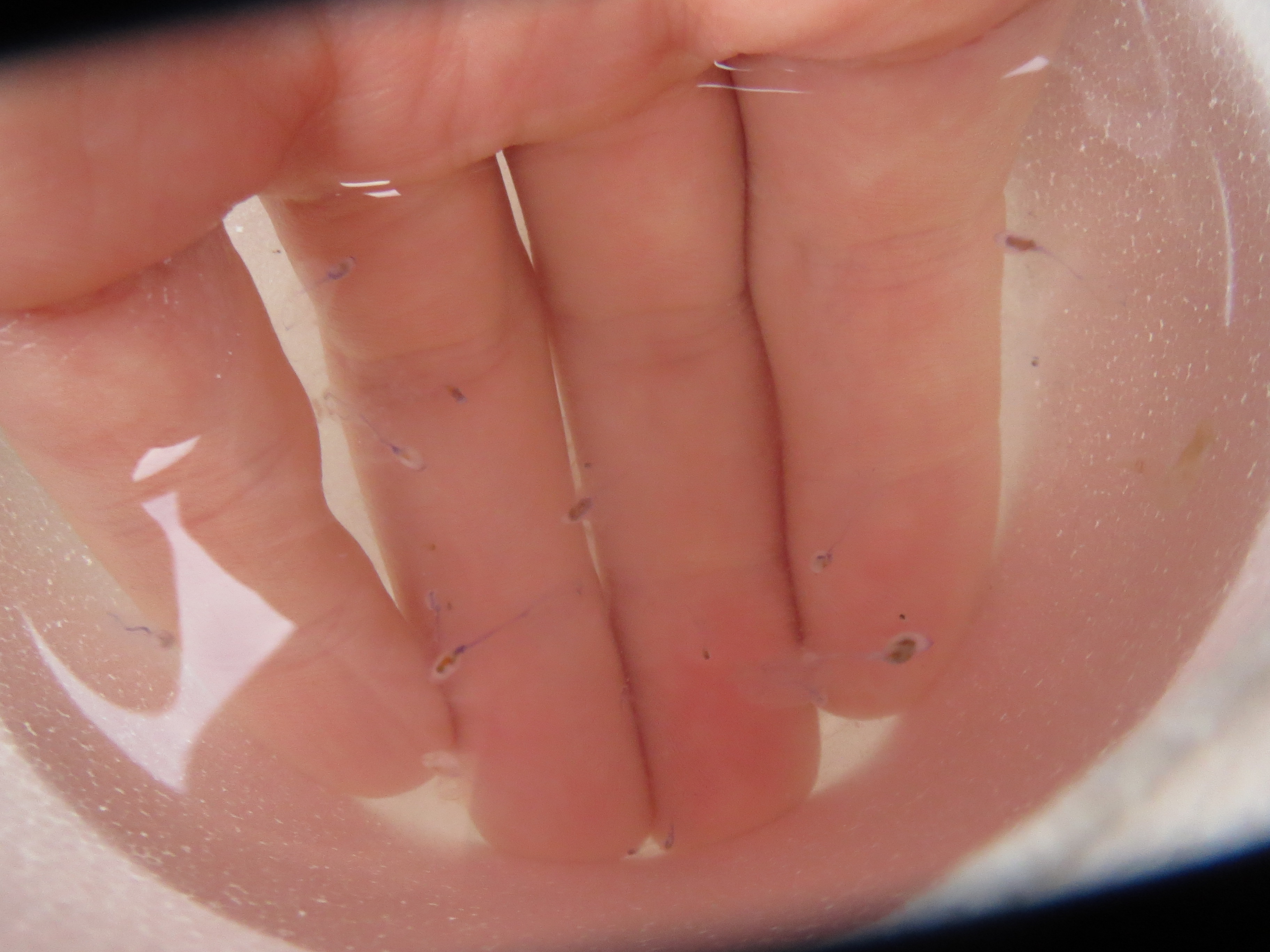
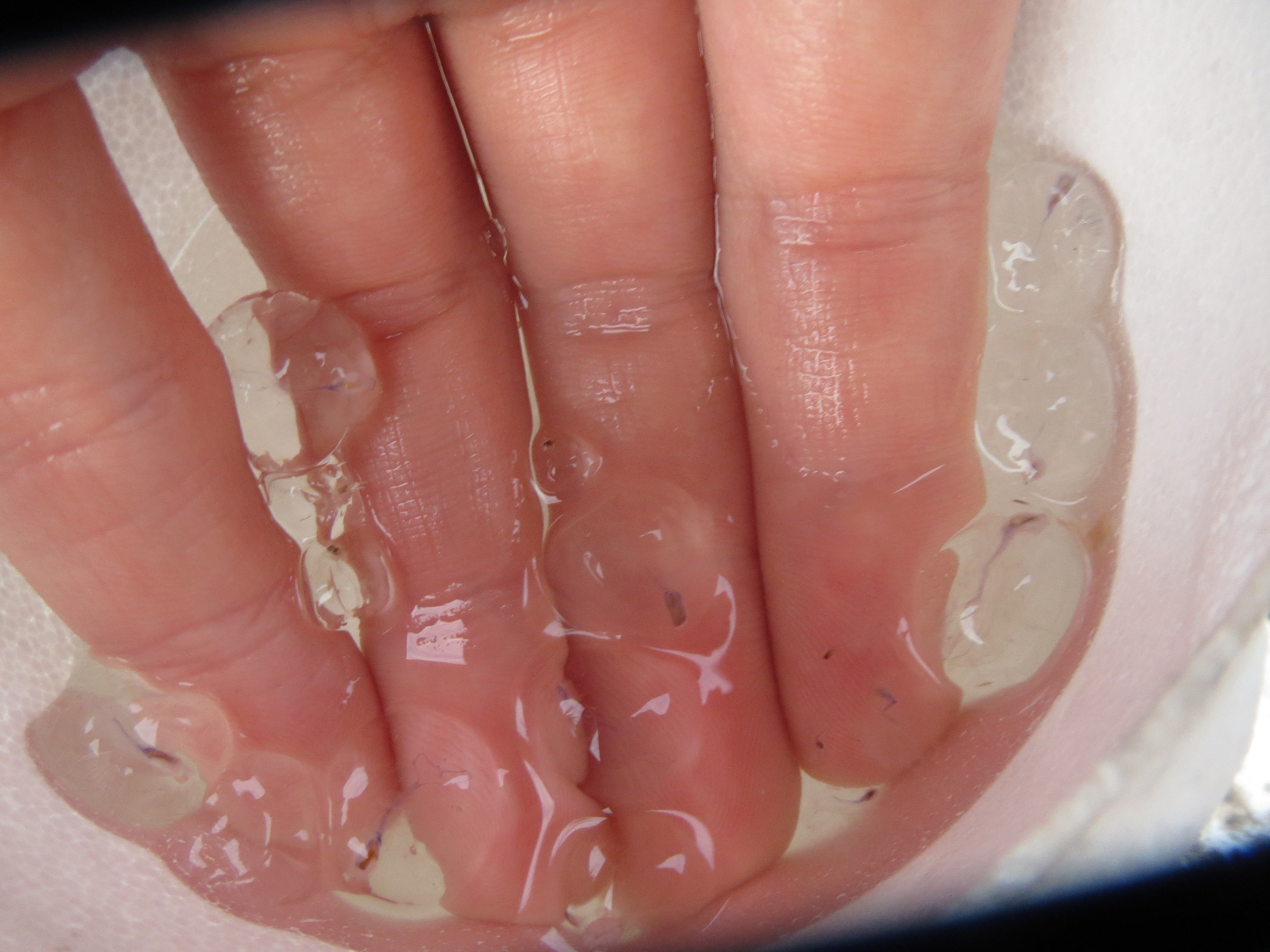
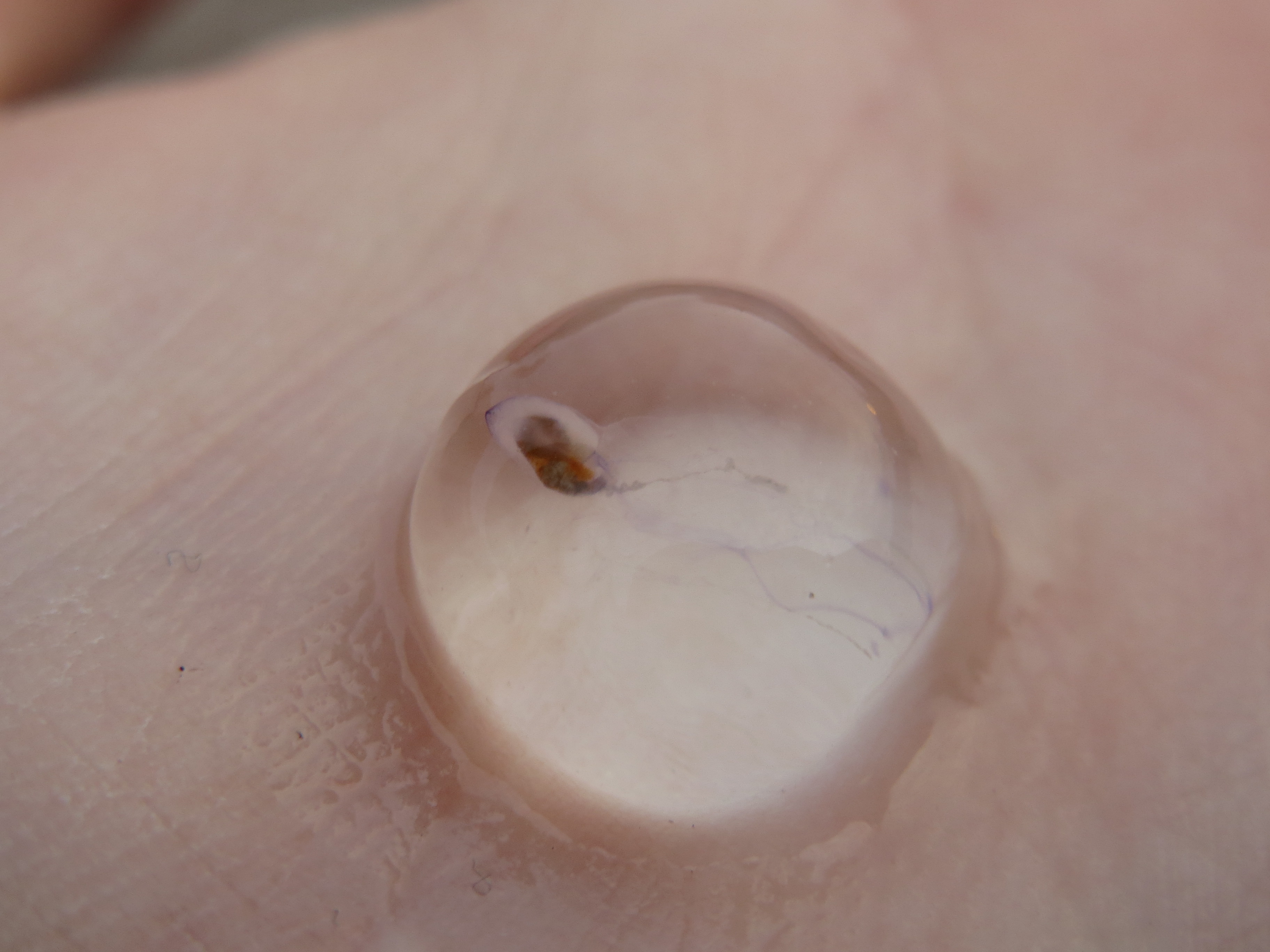
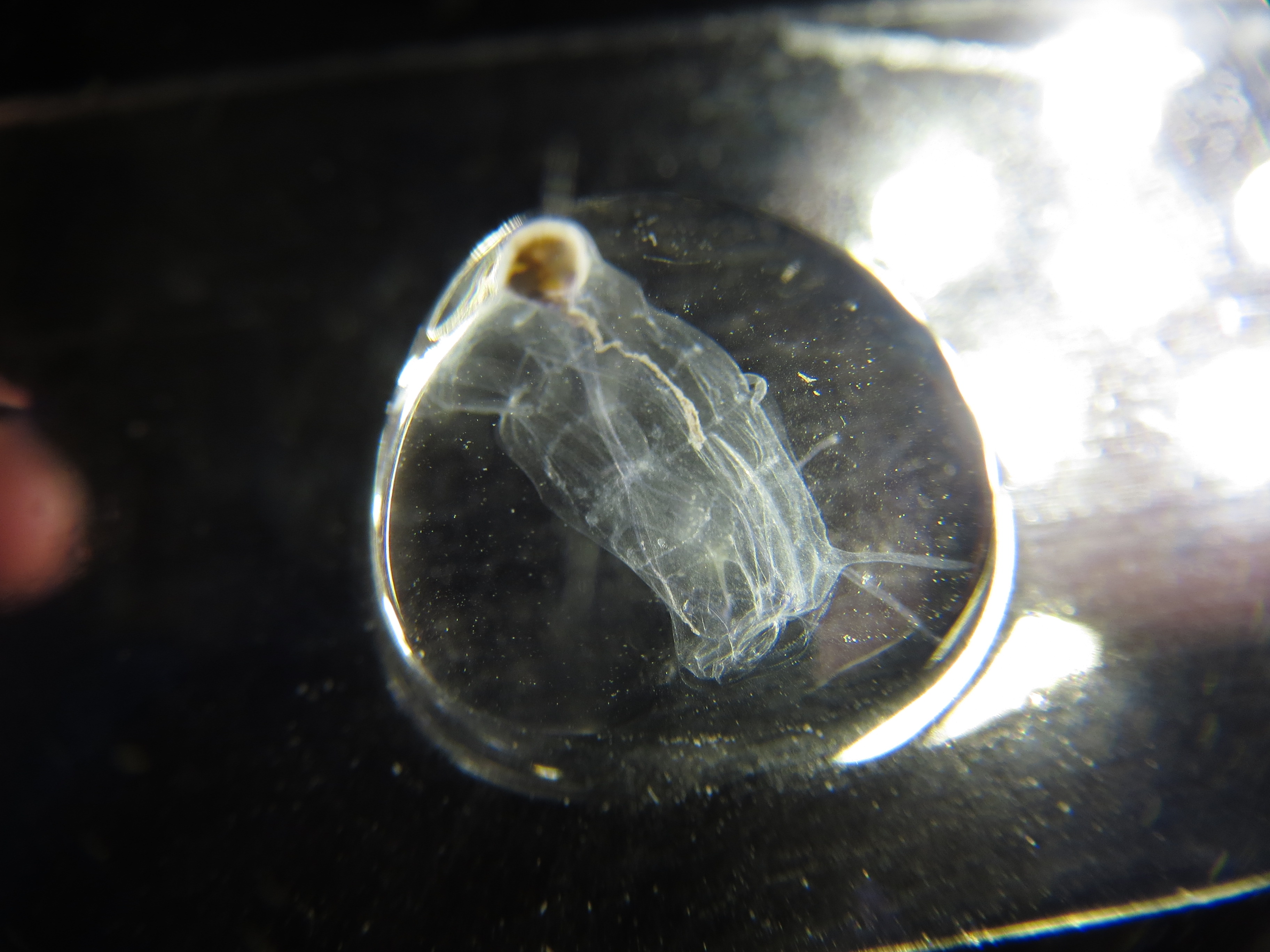
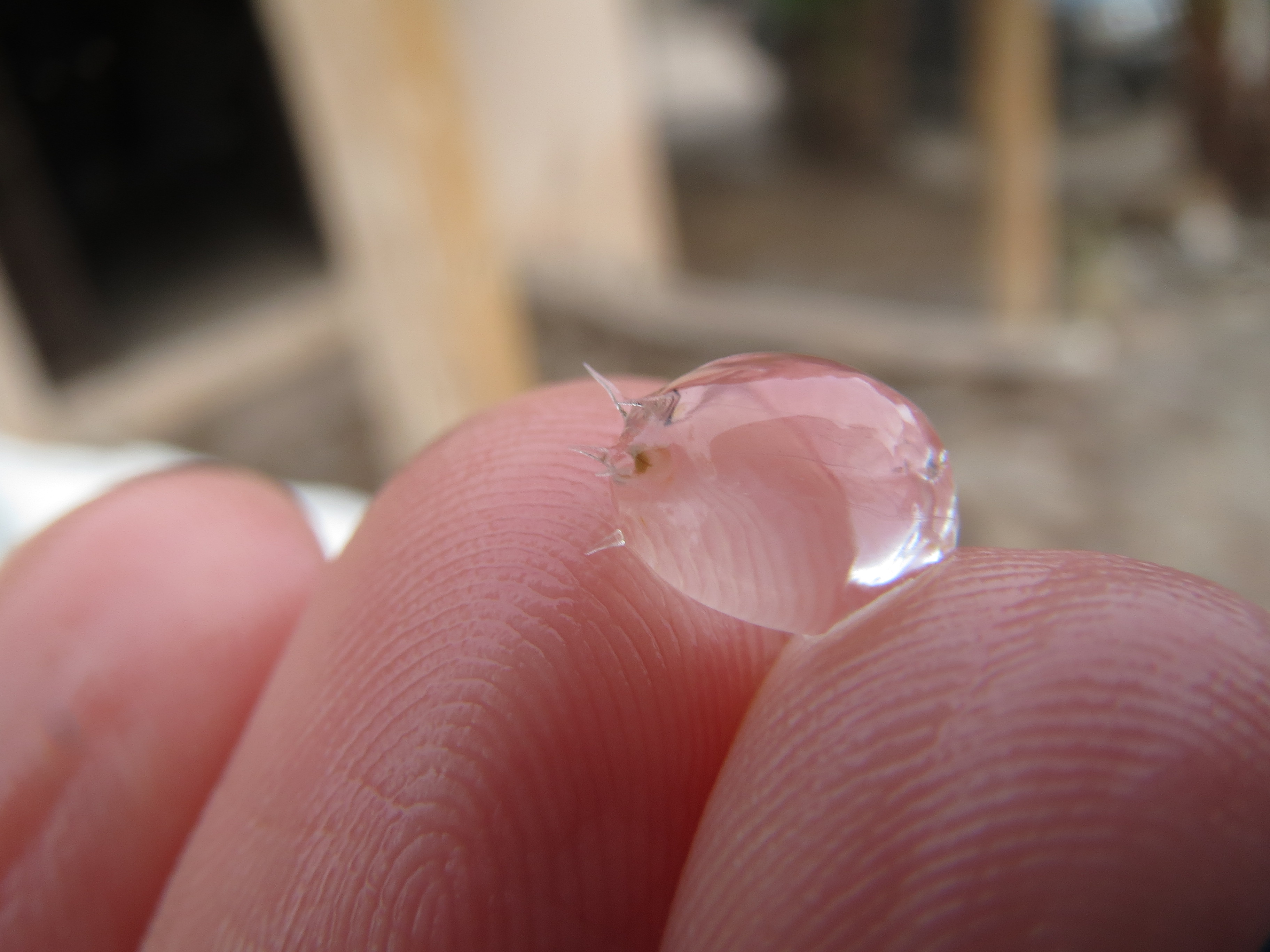
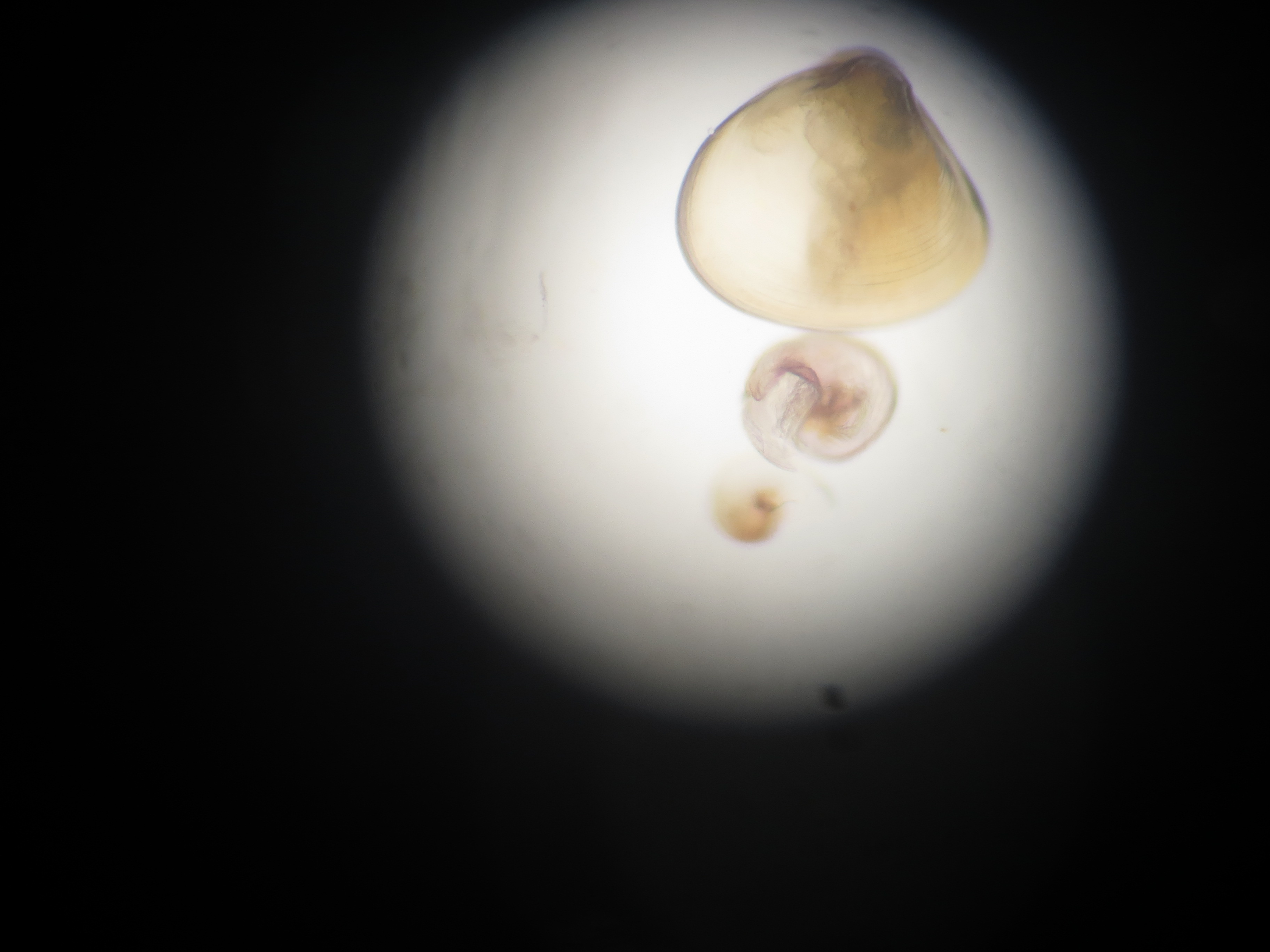
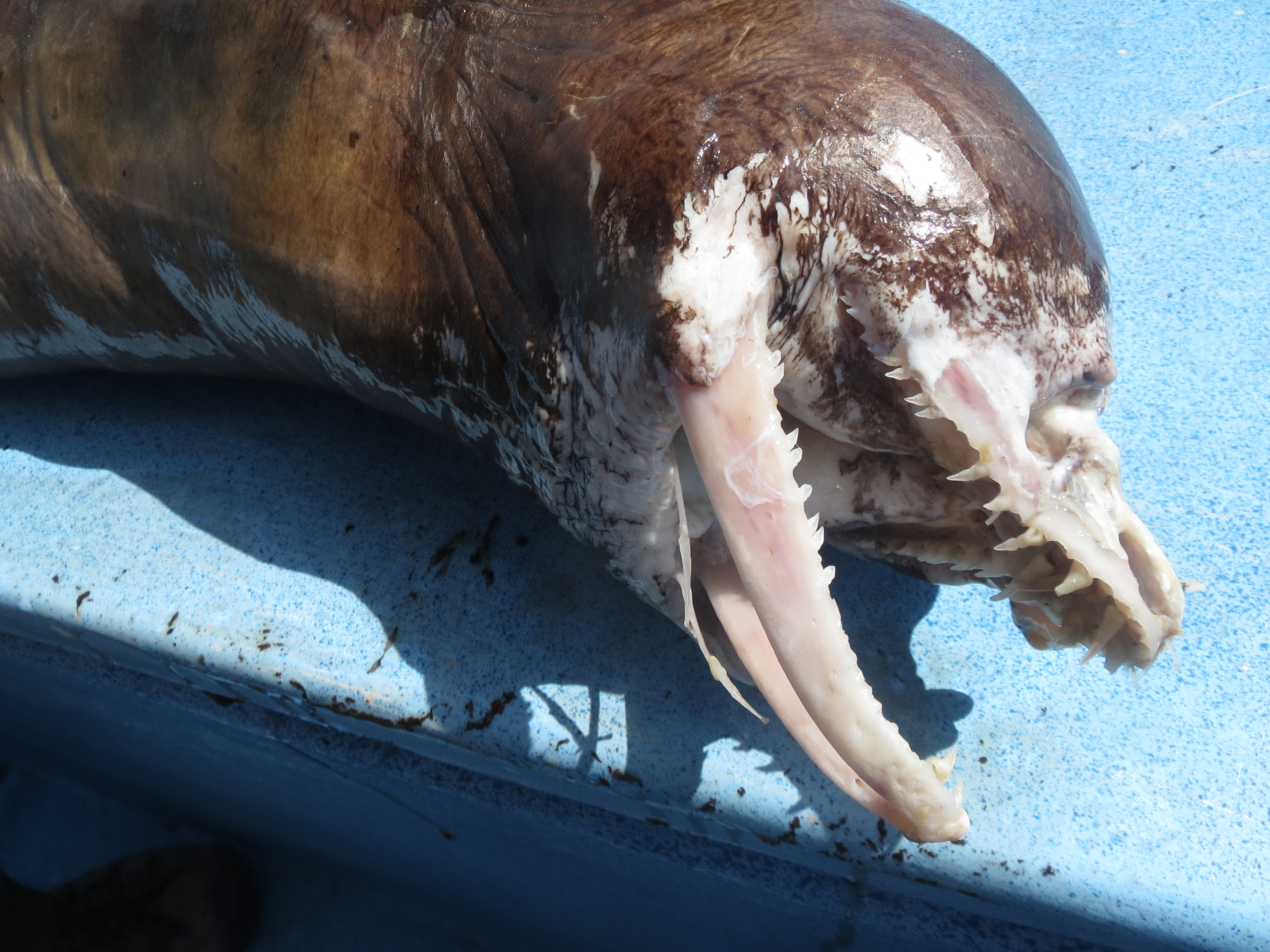
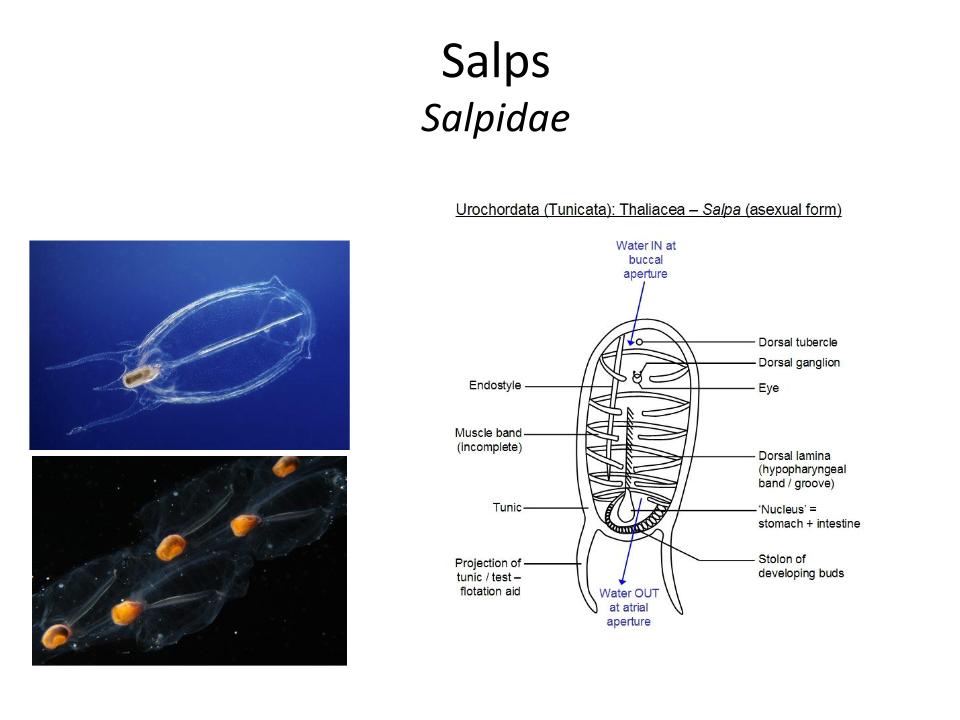
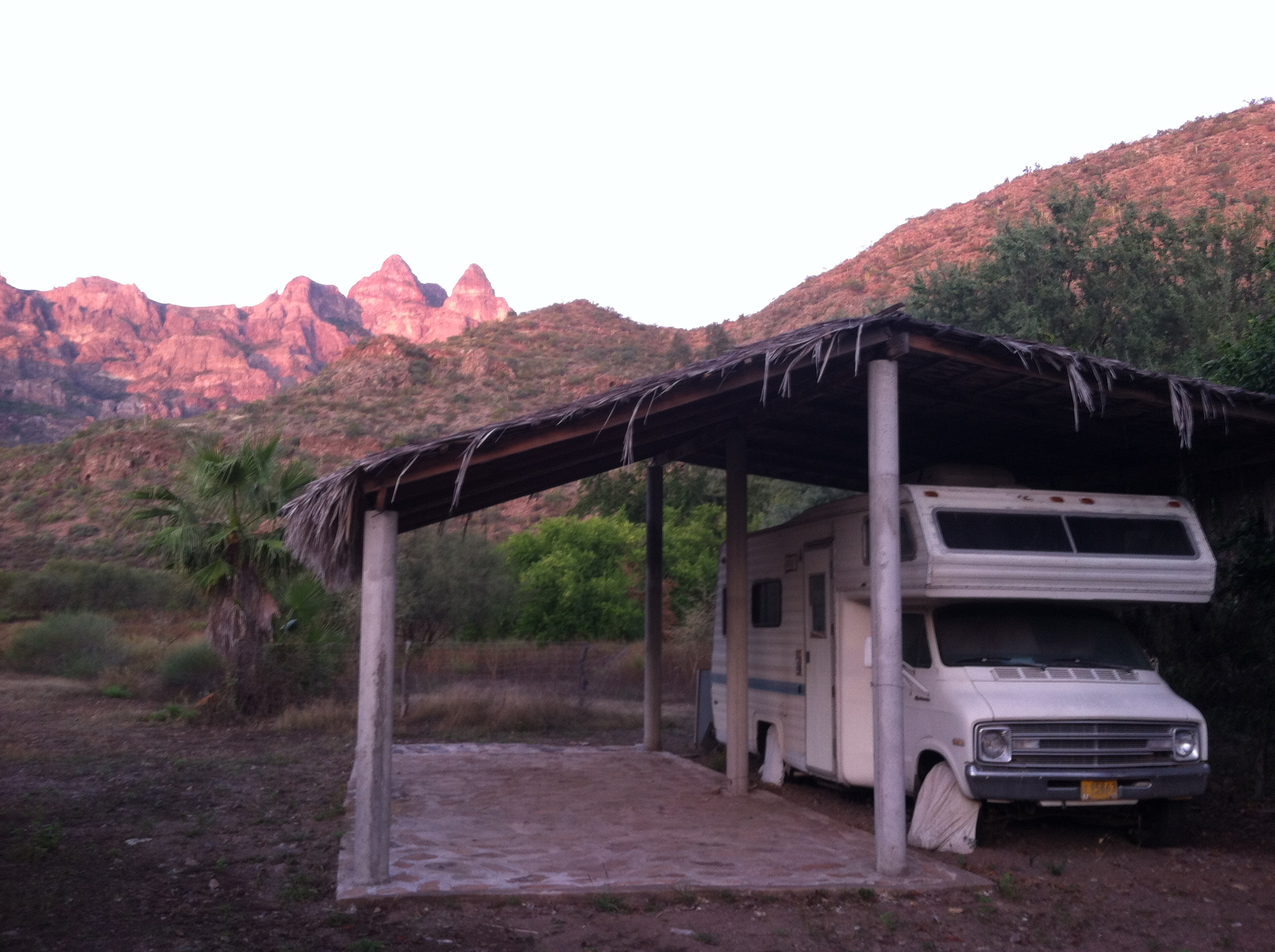






































Hello! I came across this blog and just wanted to note Gray Whales are not rorquals and do not feed on krill. Grays are an amazing, unique family, genus, and species!
You are correct! Thank you for catching that. I have made the appropriate corrections. As a novice whale watcher, I mistakenly assumed “they” were referring to all baleens as rorquals! Upon additional Google searches I can provide this synopsis: Rorqual whales are the largest group of the baleen whales and are identified by pleats in their throat skin which run from throat to navel. While the gray whale does have baleen, it has no throat pleats so it is not considered part of the rorqual family. The gray whale is the only living species in its genus and family: Eschrichtius robustus. Interestingly, through DNA analysis, it has been discovered that some rorquals are actually more closely related to the gray whale than they are to other rorquals! (Sources: NOAA, Wikipedia)
Thank you for understanding! Can you tell I have great admiration for the Grays, after sharing many seasons and places with them 🙂 There is some fossil evidence that the rorquals and other cetaceans evolved from these ancient beings.
I appreciate your expertise with algae. Over 20 years ago, I was taught phytoplankton provided 75% to 85% of the earth’s oxygen, but I can’t find the research to verify. Now I read the oxygen produced is around 50%. Has there been a decline, and/or better technology and science to more accurately measure? Thank you!
You bring up very good points! Throughout scientific literature and various news sources I’ve seen claims of oxygen production by phytoplankton ranging anywhere from 50% “in general” to 80-85% “elsewhere”! Back in 2004, John Roach [1], National Geographic’s News writer even made the same statement that “Half of the world’s oxygen is produced via phytoplankton photosynthesis”[2] but where are these numbers coming from? It seems there is no concrete answer. Measurement,s of course, vary depending on the season, weather, the ocean currents, nutrient up-welling, geographic location, etc. To make the statement “Phytoplankton produce 50% oxygen” leaves a lot to be asked such as “Who are the phytoplankton? How have their relative abundances changed over the years? Where are they producing 50%? How do scientists measure this?” As you asked!
The most straightforward answer to your question comes from a 2012 Nature Education paper by Sigman and Hain [3] which states, “As primary production in the biosphere is an important part of the carbon cycle, estimating it at the global scale is important in Earth system science. However, quantifying primary production at this scale is difficult because of the range of habitats on Earth, and because of the impact of weather events (availability of sunlight, water) on its variability. Using satellite-derived estimates of the Normalized Difference Vegetation Index (NDVI) for terrestrial habitats and sea-surface chlorophyll for the oceans, it is estimated that the total (photoautotrophic) primary production for the Earth was 104.9 Gt C yr−1.[21] Of this, 56.4 Gt C yr−1(53.8%), was the product of terrestrial organisms, while the remaining 48.5 Gt C yr−1, was accounted for by oceanic production.” So scientists look at satellite-data for chlorophyll abundance and pair that with other types of measurements (below) to get their numbers.
As far as types of measurements go, I’m going to paste the answer from Wikipedia [4] because it is a good summary: In aquatic systems, primary production is typically measured using one of six main techniques:
1. Variations in oxygen concentration within a sealed bottle (developed by Gaarder and Gran in 1927)
2. Incorporation of inorganic carbon-14 (14C in the form of sodium bicarbonate) into organic matter
3. Stable isotopes of Oxygen (16O, 18O and 17O)
4. Fluorescence kinetics (technique still a research topic)
5. Stable isotopes of Carbon (12C and 13C)
6. Oxygen/Argon Ratios
Additionally, to answer your question further: Some phytoplankton are bacteria, some are protists, and most are single-celled plants but this does not consider the macro-photosynthesizers such as eel grass, seaweeds, and other macro-algae which have the ability to attach to the earth and are not free-floating. NASA Earth Observatory [5] wrote an excellent article on plankton if you’re curious to know more. Towards the end of the article they show a graph which depicts a decline in diatom numbers over the years, but what have all the other species been doing and have any of them compensated in primary production in place of the loss of diatoms?
Ultimately, I think the biggest take-away message here is to remind us land-dwelling creatures of the immense importance the ocean plays in our survival. The ocean is not just a big empty watery dump, it contains organisms that are contributing massively to every breath we take!
[1] http://www.byjohnroach.com/bio/
[2] http://news.nationalgeographic.com/news/2004/06/0607_040607_phytoplankton.html
[3] http://www.mathis-hain.net/resources/Sigman_and_Hain_2012_NatureEdu.pdf
[4] https://en.wikipedia.org/wiki/Primary_production
[5] http://earthobservatory.nasa.gov/Features/Phytoplankton/
I wholeheartedly agree with your last statement! I try to help people realize our essential connections and interdependence upon our water ecosystems, our survival too, by asking if anyone is aware of how much oxygen, every breath we take, is produced by phytoplankton. Thank You for the information!